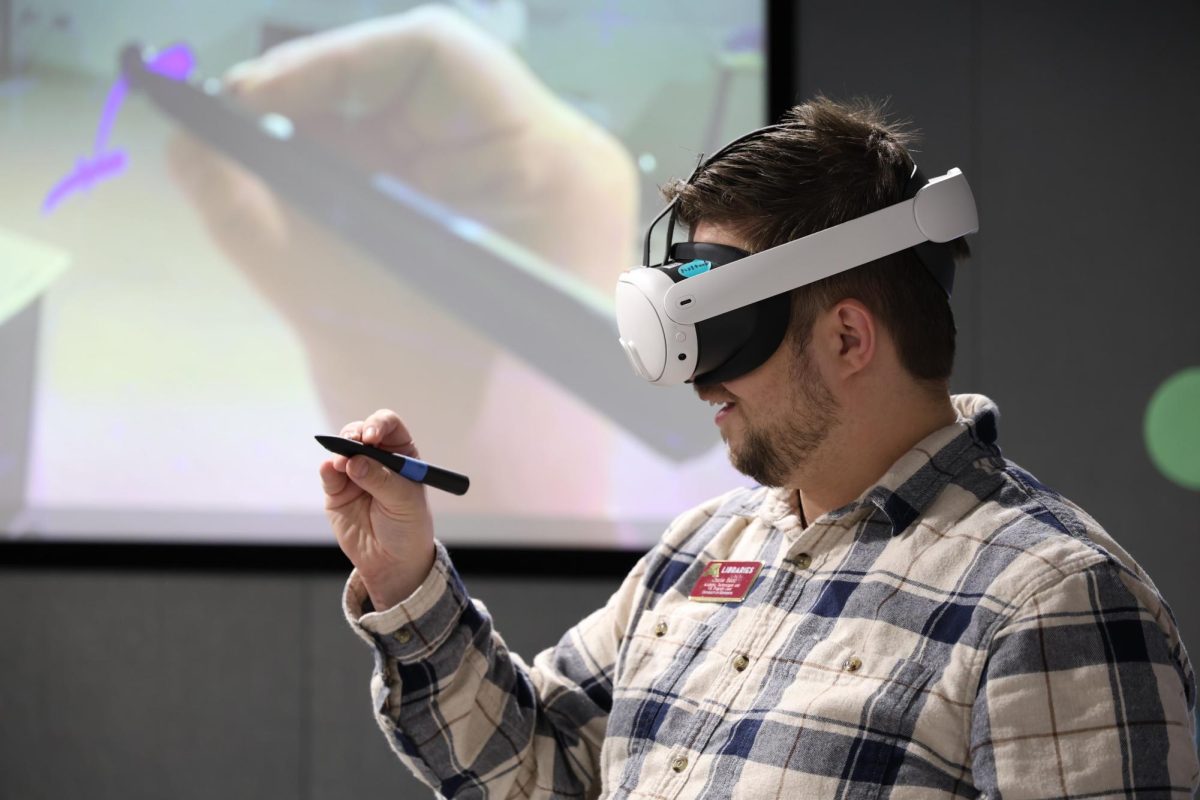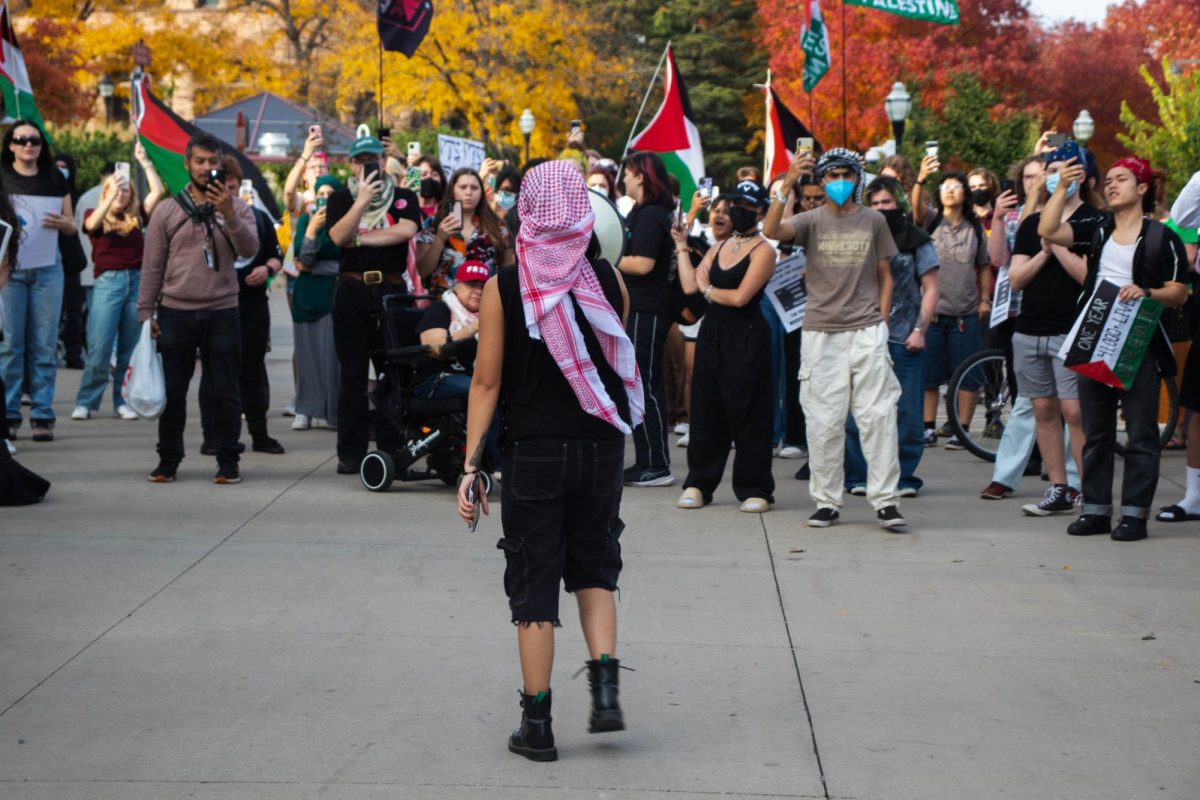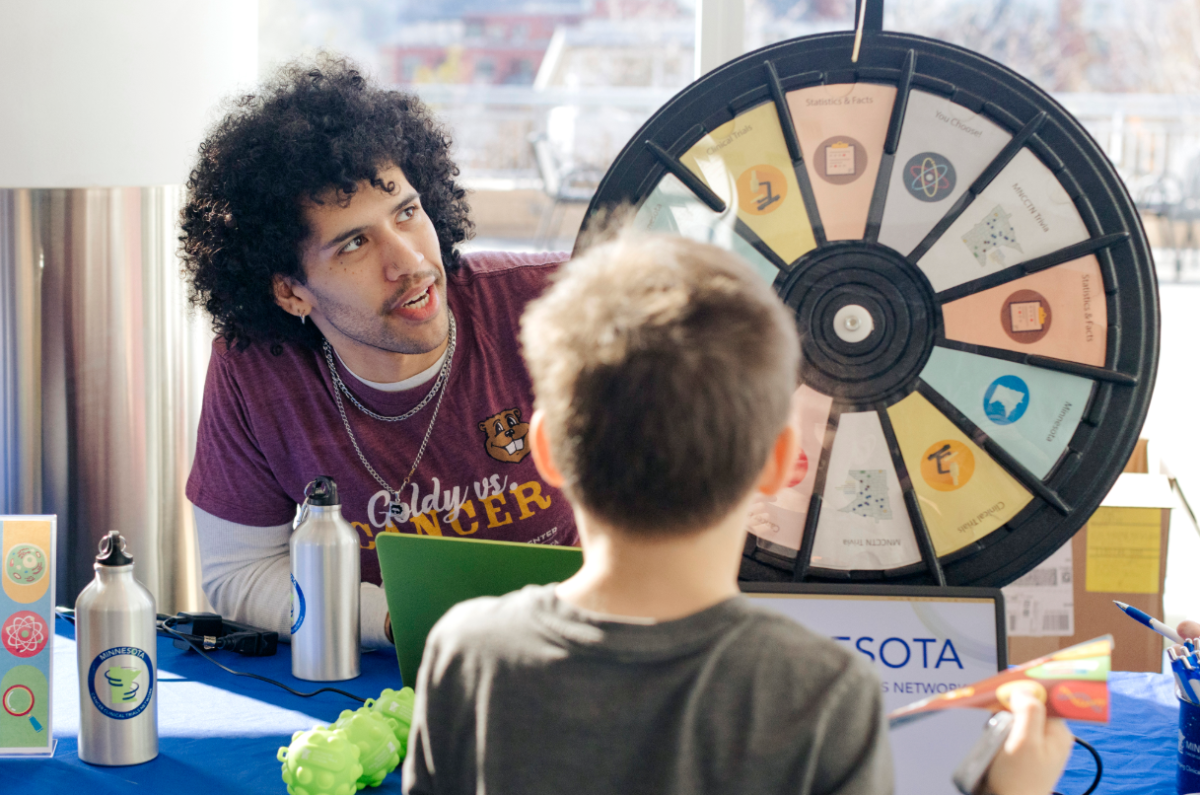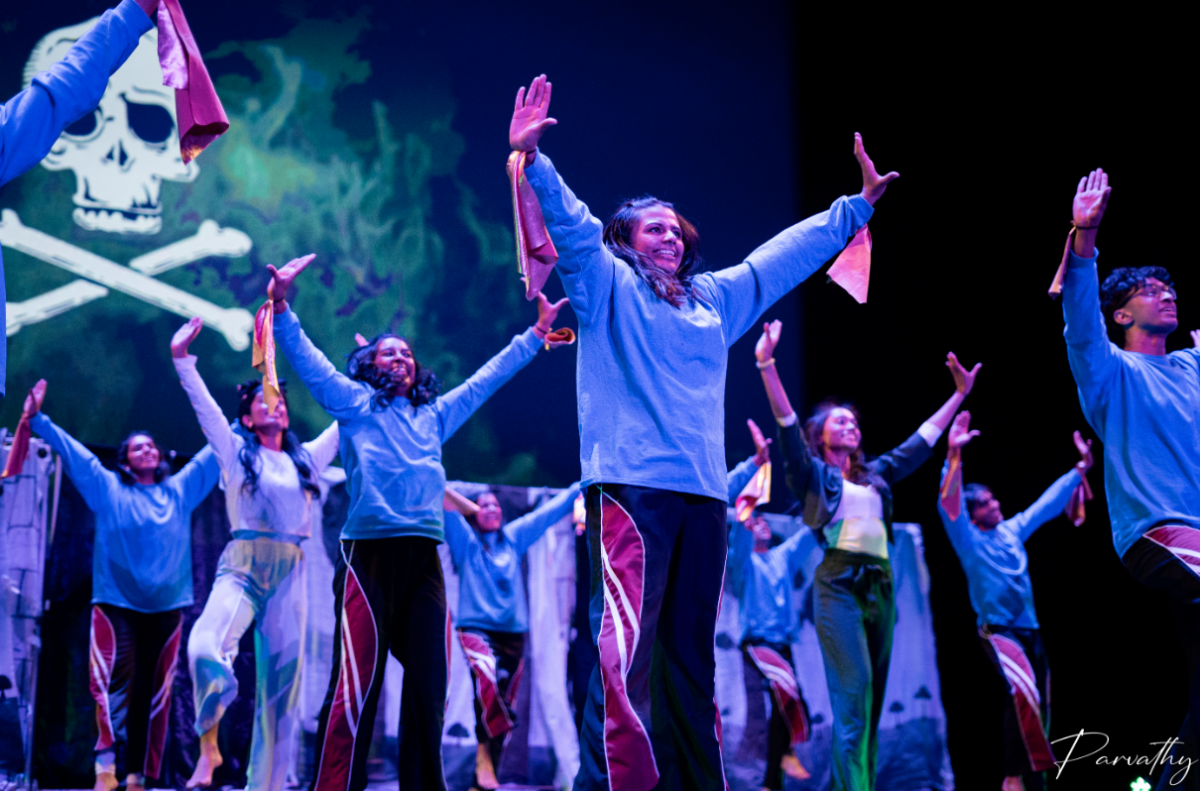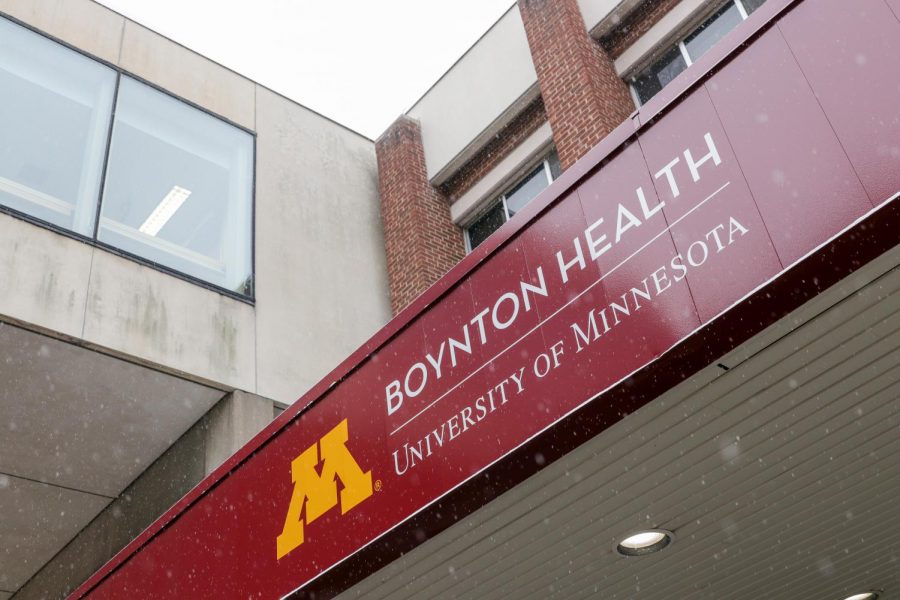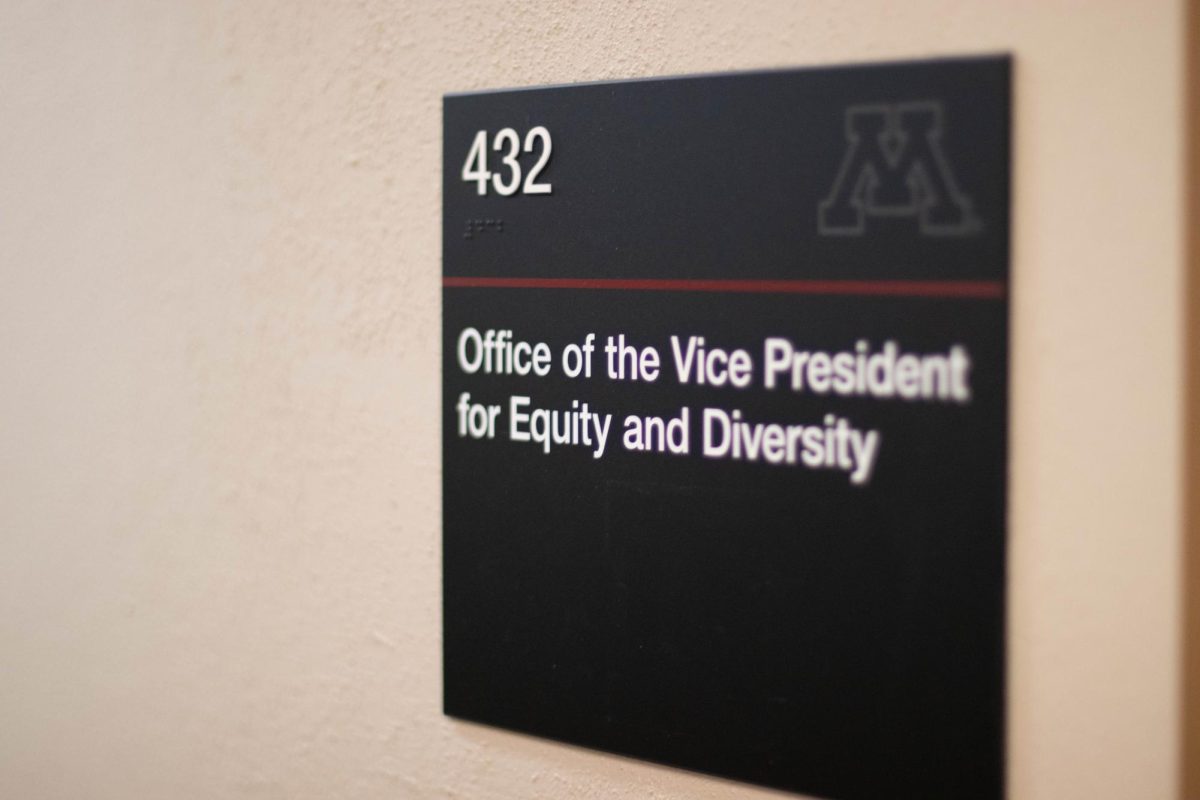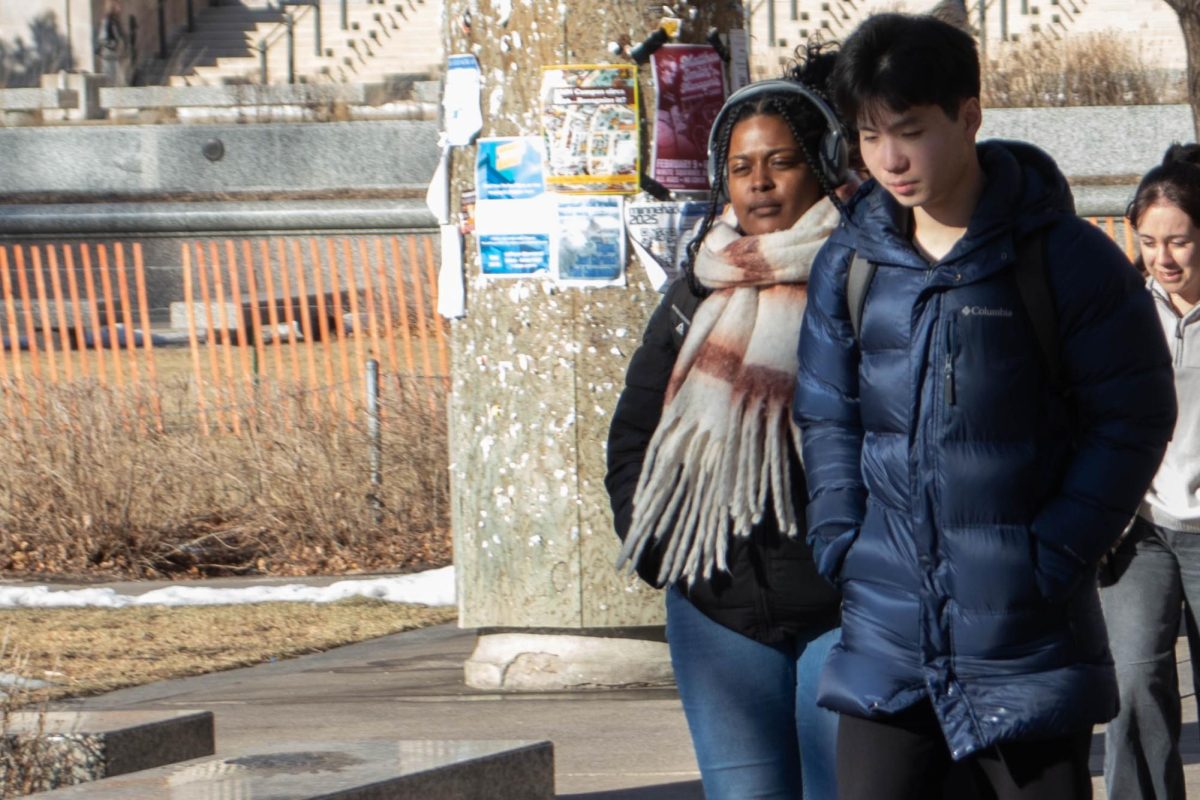There are over 4,000 students who attend a graduate program at the University of Minnesota.
Students pursue different concentrations and stick to schedules that allow them to work on schoolwork while making time for social activities and self-care. So what is a typical day like for a University graduate student?
The life of a law student
Mollie Ahsan is in her final semester as a graduate student at the University’s Law School and follows a simple schedule.
With three in-person classes this semester, she said she is in class three days a week from Monday through Wednesday while her Thursdays and Fridays are spent catching up on the week’s work.
“By the time you get to 3L (final year), most of the classes are on things you really want to be learning about,” Ahsan said.
She is taking courses on employment discrimination and race in the law, along with an immigration seminar. While Ahsan enjoys all of her courses, she said the one that is the most interesting is race in the law due to the format of the class.
According to Ahsan, the discussion-based class implements a solutions-oriented mindset, allowing students to think of ways to ensure the law does not harm traditionally marginalized communities.
“We read more contemporary books rather than textbooks,” Ahsan said. “We really discuss the ways in which law and race intersect because it’s not really talked about a ton in law school.”
Outside of class, Ahsan said she is an editor for the Minnesota Law Review, a law journal created by the school. She participates in the Law School’s immigration clinical program, a program designed to give students hands-on experience working in law.
Her clinical placement is at the James H. Binger Center for New Americans, where she just finished working on a big case.
“A bunch of us went to the Supreme Court in January for the Campos-Chaves [v. Garland] oral argument, which is the case our clinic worked on,” Ahsan said.
Having the opportunity to work in clinics is valuable to Ahsan, who said they help get her experience.
“We have a ton of clinics and a lot of different areas of law, and a ton of attorneys who are willing to work with students,” Ahsan said. “You’re engaging with an actual client, you’re engaging in their files, and you’re doing most of the writing.”
Ahsan said she is currently observing the Muslim holy month Ramadan, so she had to adjust her daily schedule to accommodate her religious obligations.
She added she usually arrives at campus around 10 a.m., where she will work on homework before her first class begins at 1:25 p.m. She coordinates plans on when to leave campus with her husband, who is pursuing a doctorate degree in computer science.
“It’s definitely hard to be in school during Ramadan,” Ahsan said. “I do my homework after iftar [meal to break the fast], so I shift my working goals. During the day, I do a lot of reading and writing.”
Despite her busy schedule, Ahsan said she makes sure to prioritize social time with friends and family with get-togethers and weekly events.
“Sometimes, you have to literally put it on your calendar and be like, ‘These three hours, I’m not touching work,’” Ahsan said.
Studying while in graduate student government
Tina Jeon is a second-year international graduate student in the learning technologies program in the College of Education and Human Development.
Jeon is the director of programming for the Council of Graduate Students (COGS), where she plans social events for graduate students, along with Welcome Week and Graduate & Professional Student Appreciation Week events targeted at graduate students and their families.
Jeon said many international graduate students like herself are coming to the U.S. for the first time and have to adjust to a new environment and build connections at the University.
“That’s why we’re always trying to do social events for them, which a lot of students attend,” Jeon said.
COGS has several teams working together to create advocacy campaigns to address issues that affect graduate students, according to Jeon. Their executive team meets once a month before their general assembly meetings to discuss updates and upcoming events.
“There’s an advocacy team within COGS where we do quick surveys on what kinds of issues graduate students are facing and what they want us to address this year,” Jeon said.
Some issues COGS identified that affect graduate students include housing, compensation, and student health and wellness, according to Jeon.
“We try to keep an open channel for students to address any issues, and we try to find a proper connection to reach that,” Jeon said.
Outside of her involvement with COGS, Jeon said she is involved with the Council of International Students and the International Student Advisory Board. She also teaches Korean at the Korean Institute of Minnesota.
“It has been a great way to connect with other international students and project my thoughts on my experience as an international student,” Jeon said. “I wish that grad school in general had a more inclusive space to them to do it more comfortably.”
Jeon added she attended school in Korea until high school before pursuing an education at a liberal arts college in Illinois.
She initially did not want to go to grad school, but said her experiences working at a K-12 school in Pennsylvania drove her to learn more about the education system and pursue education technology to make schools more accessible.
“You can talk about all the issues and what’s going on in class, but nothing is actually getting done,” Jeon said.
Med school while working full-time
Annika Clawson said she took a non-traditional route in grad school, pursuing a professional master’s degree in medical device innovation.
Getting a professional master’s degree means Clawson works at a full-time manufacturing job during the day and attends evening classes twice a week. Clawson, who is in her first year in the program, said she appreciates having hands-on experiences while attending classes in person.
“It’s been a really cool experience, and I’m really lucky my company is willing to work with me,” Clawson said. “Finding grad school programs like this is kind of a rarity.”
Her job allows for flexibility while she is pursuing her education. Clawson said she can start and end work at any time, but she typically works from 7 a.m. to 4 p.m. She will go to class from 5:30 p.m. to 9:30 p.m. on the days they occur.
“My company helps supplement my education because there’s this expectation that the things I learned can help the company,” Clawson said.
Clawson added her degree’s program falls under the College of Science and Engineering’s Technological Leadership Institute, so her classes are centered around leadership, management, business strategy and technology forecasting.
“I’m in a bio-design practicum that takes place on Saturdays,” Clawson said. “It’s a bit of a shark tank-style class, where we have a problem in the beginning, brainstorm different solutions and then end the semester with a prototype to solve that issue.”
With her busy daily schedule, Clawson said she makes sure to keep her home and work lives separate. She will typically not answer any emails at home and spends her weekends doing homework since she has a large amount of time to do assignments.
“Much of the course curriculum is group work that you also have to be flexible for,” Clawson said. “Finding times to coordinate with four other people who are also working full time can be tricky.”
Clawson said there is time that gets sacrificed to get assignments done, such as social and self-care time. However, she tries to fit self-care into her schedule as much as possible.
“A huge stress reducer for me is taking time for self-care,” Clawson said. “I want to make sure I’m getting a good amount of sleep every night, which can also get sacrificed sometimes.”



